Afghan Kushtepa channel – Disaster for Central Asia?
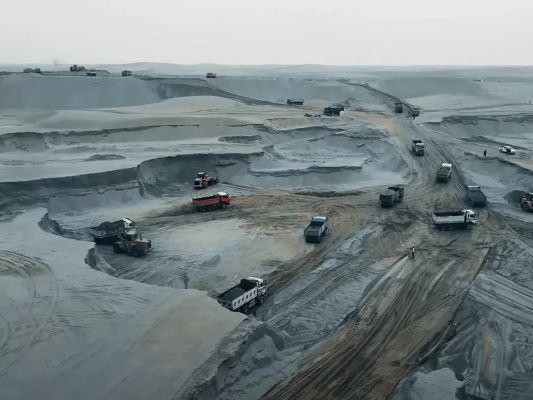
By Kuban Andymen
BISHKEK: Videos have appeared on social media that purportedly show the construction process by the Taliban of the “Kushtepa Canal” intended to divert water from the Amu Darya, a transboundary river on which Tajikistan, Uzbekistan, and Turkmenistan heavily depend.
The Novf24.uz portal gathered opinions of experts who responded to the question: “How will this canal affect Central Asia?”
Project “Kushtepa”
The Afghan government, led by the Taliban, began construction of the project in March 2022.
The canal will be 285 kilometers long, 100 meters wide, and 8.5 meters deep. The project’s implementation is estimated to cost $684 million, allocated from Afghanistan’s state funds.
The stated goal of the canal’s construction is to irrigate 3 million jeribs of land (1 jerib = 2,000 square meters) in the provinces of Balkh, Jowzjan, and Faryab, and to provide employment for approximately 250,000 people.
The Taliban aims to complete the project by 2028, but experts already have concerns.
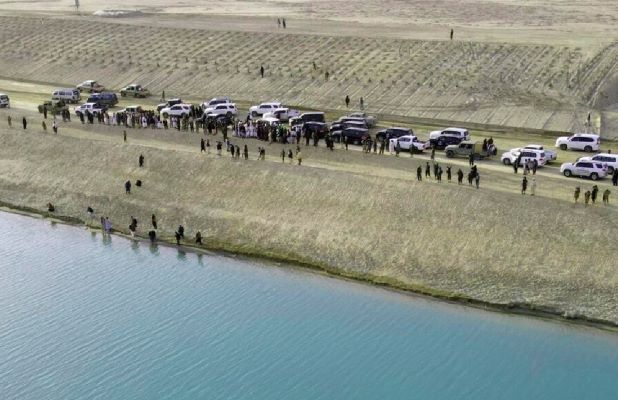
“They are rushing”
An Afghan engineer residing in Germany, Najibullah Sadid, expressed doubts about the Taliban’s ability to manage complex engineering work, especially the construction of aqueducts and bridges.
He also expressed concerns about the canal being dug through sandy soil in the region, where much of the water might be lost. He summarized that the Taliban appears to be rushing the project.
In this case, most of its water is lost in the dry, sandy soil of the region.
Besides, digging the canal is the easiest part of its construction. “They are in a hurry,” the expert concluded.
“A Disaster for Central Asia”
Experts from the Moscow State University Center for the Study of Socio-Political Processes in the Post-Soviet Space are concerned that Kabul’s projects could become a disaster for all Central Asia. According to specialists, when the “Kushtepa Canal” is put into operation, the situation with the water divide in the region will deteriorate sharply.
In recent years, all Central Asian countries have been increasingly feeling the effects of water scarcity.
Countries located downstream, such as Uzbekistan and Turkmenistan, may suffer the most.
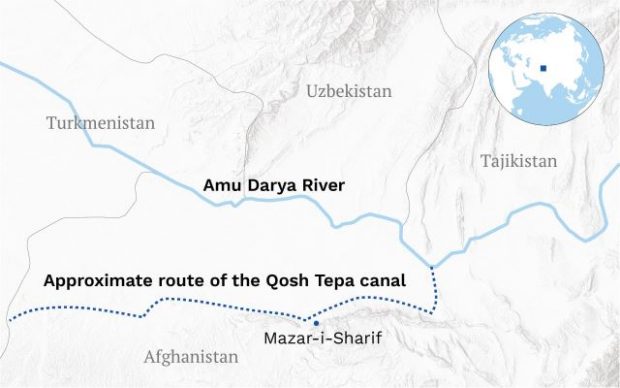
These nations could lose up to 15% of the irrigation water from the region’s main river. Uzbekistan, with a population of 34 million people and continuing growth, is the largest consumer of water in Central Asia, with 90% of the water being used in agriculture.
Since June 2022, the filling of the Amu Darya basin has fallen to 65-85% and has remained below the norm to this day.
At the same time, the Taliban does not intend to limit itself to just the construction of the “Kushtepa Canal.”
Afghanistan’s plans include the construction of the Dasht-i-Jun hydropower plant, which could accumulate a significant portion of the summer flow of the Panj River.
Thus, the Taliban aims to claim a lion’s share of water from the northern transboundary rivers.
According to experts, the implementation of these two projects could lead to not only economic and social problems in Uzbekistan and Turkmenistan but also to an environmental catastrophe across all Central Asia.
Mirziyoyev’s concerns, the Taliban’s response
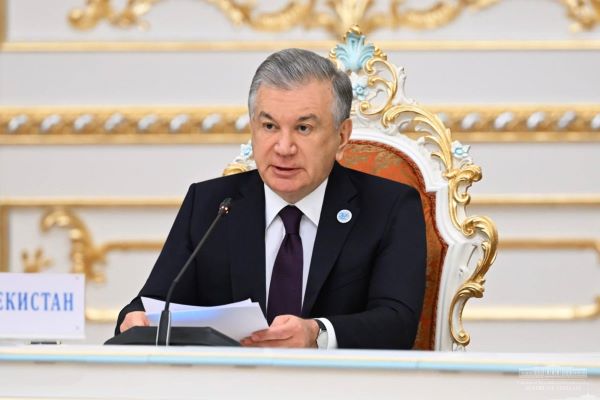
President Mirziyoyev sounding the alaram about water scarcity
In mid-September 2023, Uzbekistan President Shavkat Mirziyoyev raised the issue of water scarcity in Central Asia during a meeting of the heads of state of the International Fund for Saving the Aral Sea. He specifically addressed the “Kushtepa Canal.”
The Afghan “Kushtepa Canal” with water from the Amu Darya: A Disaster for Central Asia? The president stated that essentially, a new participant in water use had emerged in the region that was not bound by any obligations to the countries.
“You are well aware that the Afghan side is actively building the canal. Its commissioning could fundamentally change the water regime and balance in Central Asia,” Mirziyoyev said.
The head of state considered it necessary to establish a joint working group to study all aspects of the construction of the “Kushtepa Canal” and its impact on the water regime of the Amu Darya, involving research institutes of the countries.
In response to the Uzbekistan leader’s remarks, Abdul Latif Mansoor, Acting Head of Afghanistan’s Ministry of Water and Energy, stated that Mirziyoyev’s concerns about the waters of the Amu Darya and the “Kushtepa Canal” would only be relevant if there were obligations under an agreement.
“But in this case, we have not accepted any obligations. There is no agreement. Therefore, we do what we consider necessary,” he said.
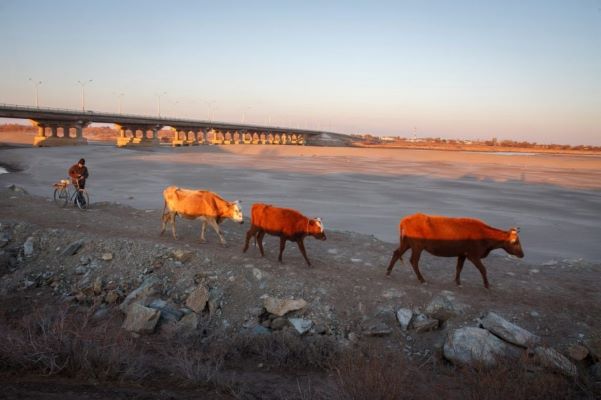
Drought Problem
Experts from the Institute for Macroeconomic and Territorial Studies reported to NOVA24 that by the end of the decade, Uzbekistan could face a water deficit.
Approximately 1.1 billion people on Earth suffer from varying degrees of water scarcity. In the next decade, climate change and increased water consumption in neighboring countries will lead to a reduction in water intake from rivers such as the Amu Darya and Syr Darya in Uzbekistan.
As a result, the processes of drought and desertification could intensify and seriously affect the living standards of the population.
By 2030, Uzbekistan could face a water deficit of 7 billion cubic meters, and the country will be among the 33 countries across the world with water deficit.

























































